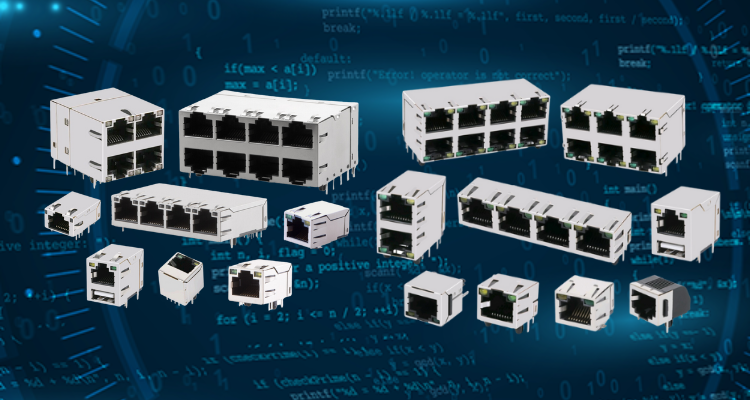
Introduction
In the digital age, where information flows at the speed of light, networking has become an integral part of our daily lives. Whether you’re connecting to the internet, sharing files within an office, or setting up a home network, the RJ45 connector plays a pivotal role in enabling these connections. In this article, we’ll explore the world of RJ45 connectors, their history, anatomy, and the essential role they play in modern networking.
The RJ45 Connector: A Historical Perspective
The term “RJ45” stands for Registered Jack 45, and it is a standard connector used for Ethernet networking. Interestingly, the RJ45 connector’s history can be traced back to the early days of telephone communication. It was the telecommunications industry that initially adopted the RJ series of connectors, starting with RJ11, primarily designed for analog voice services.
Over time, with the evolution of networking technologies and the need for faster data transmission, the RJ45 connector emerged as the standard for Ethernet. RJ45 connectors have since become synonymous with modern data networking.
Anatomy of the RJ45 Connector
RJ45 connectors may appear simple, but their design is both efficient and critical for reliable data transmission. Let’s break down their components:
1. **Housing:** The plastic housing serves as the outer shell for the connector, providing protection and stability.
2. **Contacts:** Inside the housing, there are eight metal pins, divided into four pairs. These pins are responsible for transmitting data signals.
3. **Strain Relief Boot:** To prevent damage to the cable and maintain a secure connection, a strain relief boot is often present, especially in Ethernet cables.
4. **Modular Connector:** The RJ45 connector is designed to be modular, allowing easy insertion and removal. This design facilitates quick installation and replacement.
RJ45 and Ethernet: A Match Made in Networking Heaven
RJ45 connectors are almost synonymous with Ethernet connections, the most prevalent networking technology used today. These connectors play a vital role in both home and commercial networking setups. They are the interface between your electronic devices, such as computers, switches, routers, and the cabling that forms the network.
When connecting Ethernet cables, it’s essential to ensure that the RJ45 connectors are correctly wired using standardized color-coding, known as T568A or T568B. This consistency in wiring helps ensure that data signals can travel smoothly and error-free.
The Ubiquity of RJ45 Connectors
The ubiquity of RJ45 connectors extends beyond traditional Ethernet cables. You’ll find these connectors in various networking equipment and applications:
1. **Patch Cables:** Short RJ45 patch cables are commonly used to connect devices to network switches or routers.
2. **Structured Cabling:** In larger installations, structured cabling systems rely on RJ45 connectors to interconnect various parts of the network.
3. **IP Cameras:** Many security cameras use RJ45 connectors to connect to the network for data and power (Power over Ethernet or PoE).
4. **VoIP Phones:** Voice over IP (VoIP) phones often employ RJ45 connectors to establish both network connectivity and power supply.
Conclusion
The RJ45 connector, born out of the need for efficient data transmission, has become the backbone of modern networking. Whether you’re streaming your favorite shows, collaborating with colleagues online, or securing your premises with IP cameras, you’re relying on the humble RJ45 connector to make it all happen. It’s a testament to how seemingly simple components can have a profound impact on our digital lives, connecting us in ways we often take for granted.